Sketching Fundamentals & Learning For Beginners In The Fields
- Graphic Design, UI/UX
Sketching Fundamentals & Learning For Beginners In The Fields
Contact us
Bengaluru
Campus 1 : JD School of Design, No. 18-1, Brigade Road, Bengaluru,Karnataka – 560 001.
Campus 2 : No. 40, Swan House, 4th Cross, Residency Road, Bengaluru, Karnataka – 560001.
Goa
Musthtifund Saunstha , Near Mahalaxmi Temple,Dada Vaidya Road, Goa-403001
Do you like going to art galleries? Are you always in awe of the variety of paintings and drawings that are on display and wondering how you could make them yourself? Drawings are the pop art that have always been prized. The nice aspect is that sketching is all about technique and doesn’t require a wide variety of tools.
Understanding the fundamentals of sketching is essential for anyone working in the design field, whether that field is fashion, interior, product, UI/UX, jewellery, or something entirely else. You draw your thoughts before working on them whenever you are brainstorming. Additionally, you can employ the art form to give your design depth and contour.
In order to give your artwork life, especially if you have only recently begun to create art, you must be conversant with the principles of sketching.
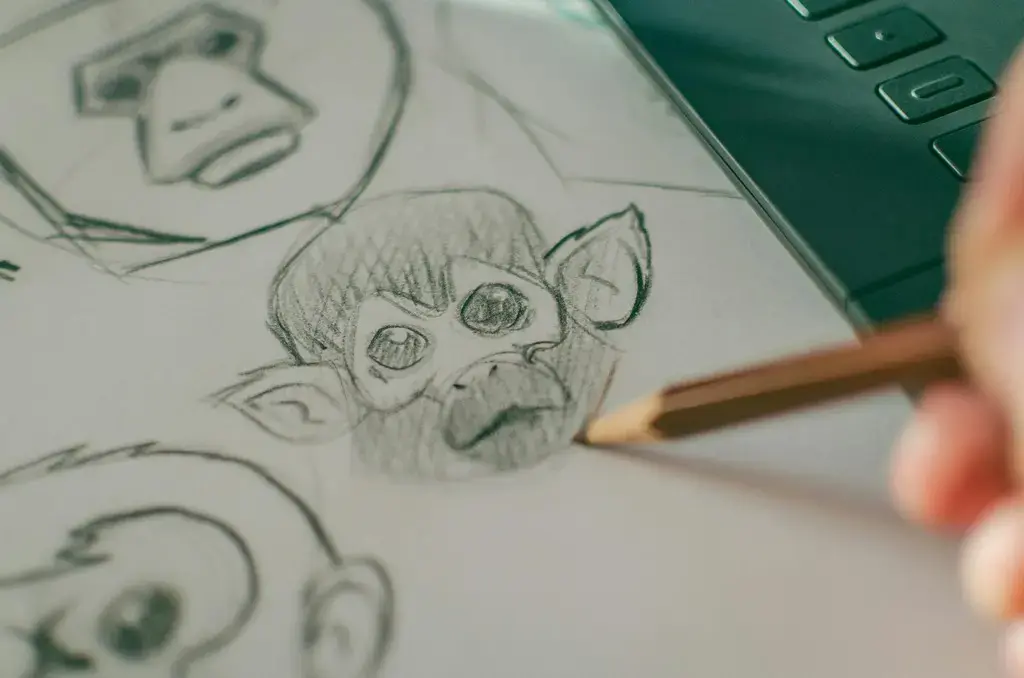
Pexels
Simplifying figures, sketching outlines, and comprehending light and shade are examples of fundamental drawing techniques. By breaking down complex structures into their most basic components and then reconstructing them, one can achieve accurate proportions and perspective.
A classic sketch typically emphasises the overall feeling as well as the overall composition and design of the piece. These sketches are typically done for the artist’s personal use, but occasionally, in the setting of a bottega (studio-shop) production, when an artist would hire numerous assistants, the master would create sketches for pieces that would be finished by others. Functional sketching types are mostly three. The first, commonly called a croquis, is meant to serve as a reminder to the artist of a sight or event that he has observed and would like to capture on canvas for posterity. In the second, a pochade, he captures the overall feelings and atmospheric effects of a landscape, typically in colour. The third kind relates to portraiture and observes a potential sitter’s expression, head turn, or other physical attributes.
Fashion sketching: people, fashion looks, and accessories. It is used mainly for illustrations or magazines, e.g., for brand promotion. It helps designers during the first stages of the creation of their collections and helps introduce changes.
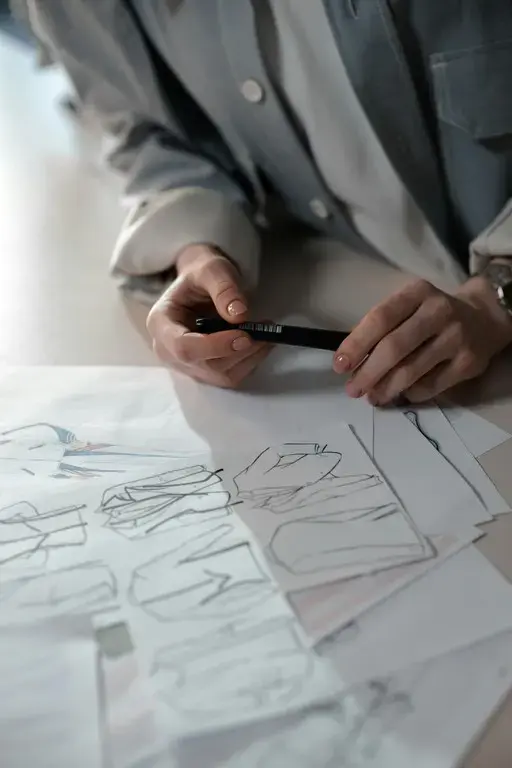
Pexels
Industrial design sketching is probably the most well-known and popular branch of sketching. Obviously, industrial designers created it; a good illustration is car sketching. In this case, all sketches are made with great speed and confidence.
Cross-hatching and Hatching
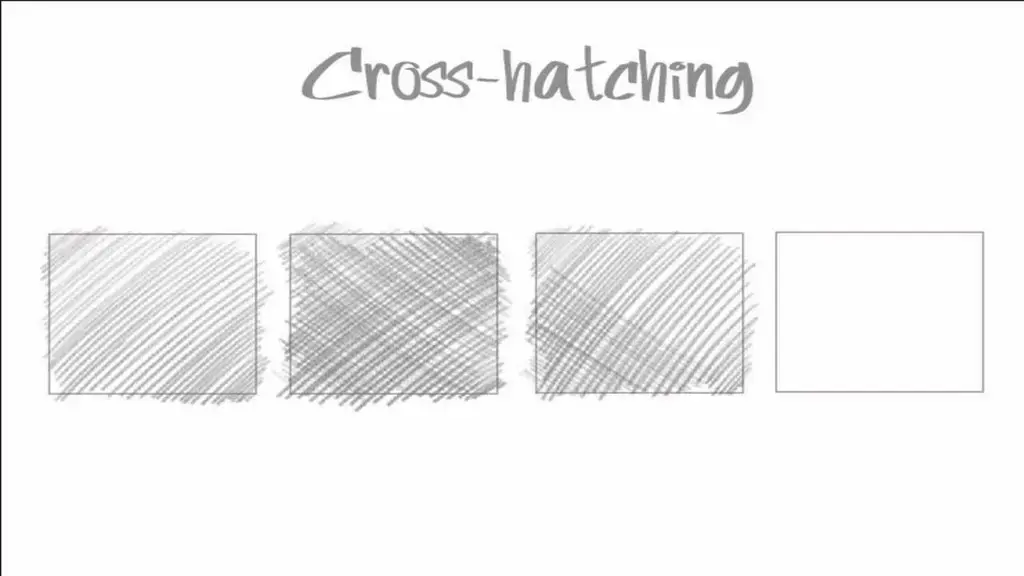
The two terms that are sometimes confused for adding value to a sketch are hatching and cross-hatching. Non-crossing lines are drawn during the hatching process to add texture to the picture. Lines are drawn based on the light source and the depth the artist wants to achieve. There are many lines depicting the darker area, whereas there are fewer lines with gaps on the brighter side. The same effect is achieved with cross-hatching, except the lines cross in a crisscross pattern. It provides the zone depth and produces a contour appearance in the sketch.
Stippling

In stippling, the artist uses dots to create a picture. The varying application of dots produces depth, shadows, and highlights. Dots are arranged closely and densely to give depth. Stippling requires patience and attention to detail in sketching technique. Smoothness is crucial for stippling. Throughout the stippling process, apply the same amount of pressure to the pen or pencil. The secret to drawing captivating sketches is accuracy.
Scumbling
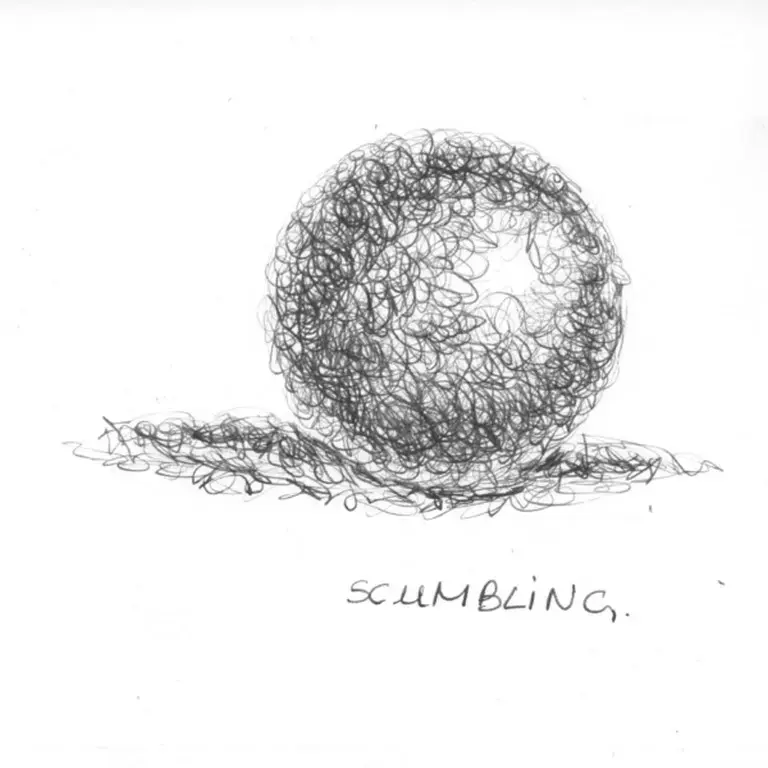
Blending and smudging are essential components of sketching. It gives your sketch some shade. Smudge or blend gives the sketch a smooth finish and aids in the creation of a gradient. Artists use sticks called “blending stumps” to soften the lines drawn with charcoal and pencil to add depth and interest to their work. Additionally, stumping aids in forming the object’s shape. For a smudged appearance, your fingertips can also be used.
Finishing:
During rendering, rubber is used to provide lighter values in the picture. Artists typically use erasers to create a highlight effect after darkening and smearing. The process of rendering also aids in projecting the object in a specific direction. It also aids in determining the light source’s direction.
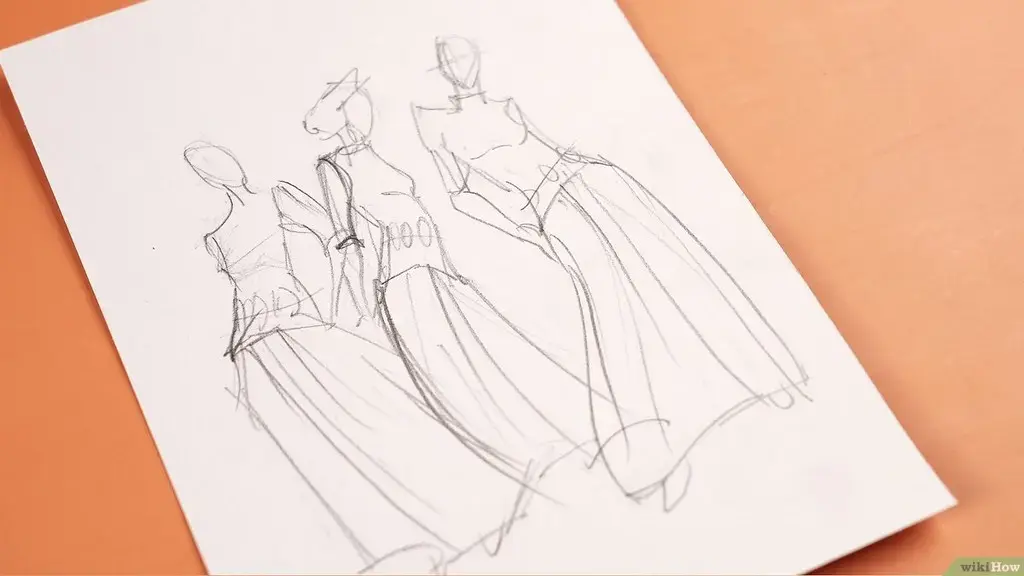
Sketching should come in handy for you as a designer and artist. It efficiently conveys the feeling that the artist is seeking to convey with the fewest resources. You should be familiar with the angles and pencils that you would use to draw a sketch, in addition to the fundamental sketching techniques. Additionally, it is advised that you cover the area on which you are not working with another piece of paper to prevent stains and smudges from appearing on your sketch. In order to produce a dynamic and vibrant image, artists blend different approaches to create a texture, which is crucial in sketching. The JDSD Institute offers several courses that cover the fundamentals of sketching. Additionally, the institute holds a number of courses on sketching techniques where masters in the field share their knowledge.
